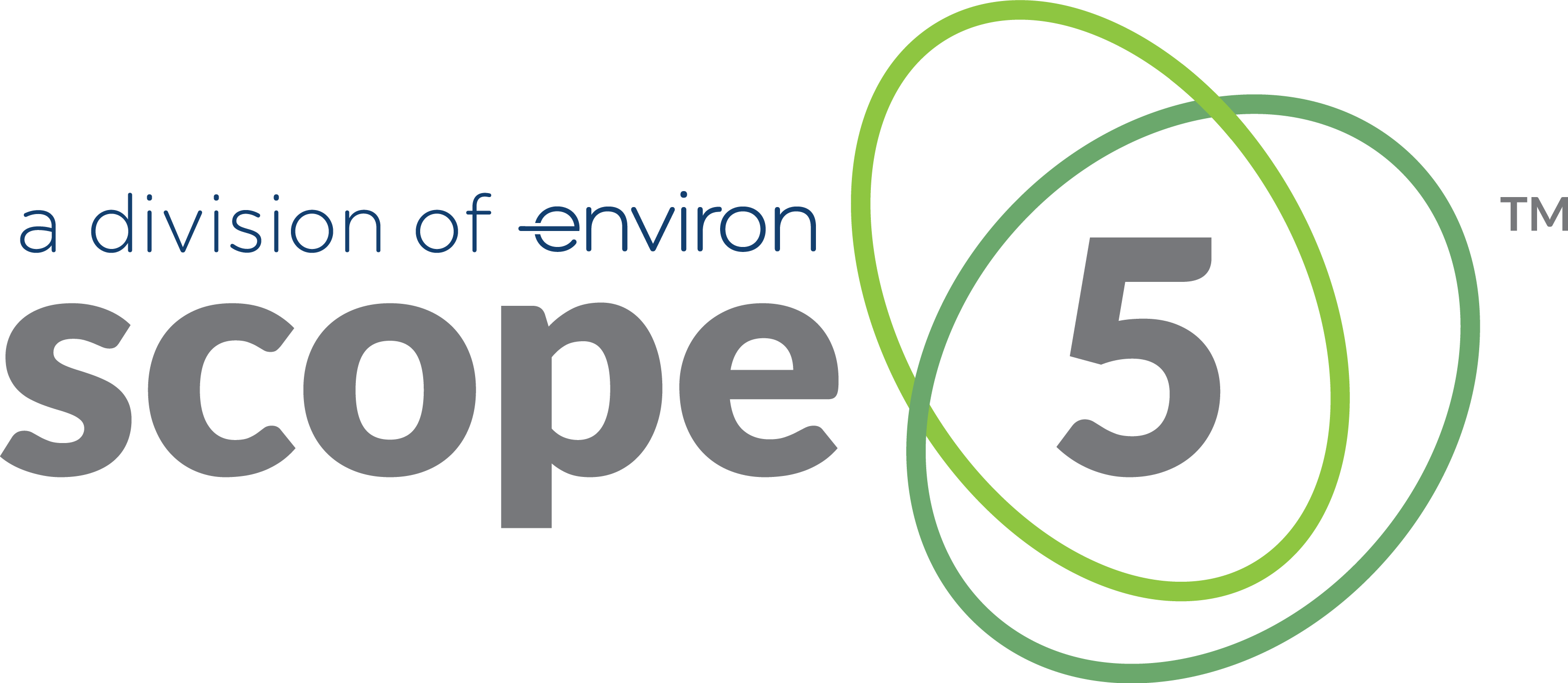Up to 99% of Scope 3 emissions account for the indirect or supply chain activities of a reporting entity. These emissions are often larger than the combined scope 1 and 2 emissions for a business. As an example, over 98% of Toyota’s 2020 GHG emissions are from Scope 3 sources.
While most of the environmental impact takes place within the supply chain, accounting for Scope 3 GHG emissions can cause difficulty in accurately calculating the carbon emissions. Scope 3 are indirect emissions that might not be clearly quantifiable.
Purchased and capital goods account for a sizable portion of upstream emissions from “cradle to gate”. This includes the extraction, production, and transportation of goods until they reach the purchaser’s ‘gate’.
Because of the broad definitions provided by the Greenhouse Gas Protocol, both capital goods and purchased goods & services can account for emissions from the purchase of any product or service. Below are some example cases:
- Cradle-to-gate emissions of steel purchased to construct a new high rise office
- Cradle-to-gate emissions of a computer, including the cradle-to-gate emissions of each component in that computer
- Emissions associated with services purchased from a marketing firm
- Emissions associated with high-speed internet purchased from an internet service provider
In a perfect world, companies seeking to account for these emissions would have their supply chains fully mapped. They would be able to request supplier-specific data from each stakeholder in their supply chains. Though many businesses are on the journey to understanding their supply chains and carbon footprints, there is still significant work to be done.
Until then, companies seeking to estimate their scope 3 emissions – categories 1 and 2 – can do so by using more readily available spend- or mass-based emission factors.
Spend-Based Factors are provided in units of emissions per unit of currency and can be applied as an easy estimate using data summarizing accounts payable to suppliers. Scope 5 maintains spend-based factors from the US EPA’s US Environmentally Extended Input Output (USEEIO) models
Mass-Based Factors are provided in units of emissions per mass of materials purchased, and can be applied to data summarizing the tonnage of goods purchased. Scope 5 maintains resources from the UK Department of Environment, Food, and Rural Affairs (DEFRA) that provide cradle-to-gate emission factors for common resources including construction materials, electronic goods, and plastics.
Depending on data quality and availability, either of these methods can be used to estimate Scope 3 emissions. The table below highlights some pros and cons of each approach when considering a methodology.
| Methodology | Pros | Cons |
| Spend-Based (USEEIO) | • Spend based calculations acknowledge Scope 3 impacts and serve as a placeholder for supplier-specific information • Source data should be easy to pull from accounts payable • Factors are available for over 1800 scenarios and can be be used beyond purchased goods & services and capital goods | • Spend-based calculations are only a proxy for GHG emissions and can only be considered an estimate • The most current data set from USEEIO is based on 2018 USD and does not account for impacts to pricing (i.e. discounts, inflation, scarcity) • Broad categorization of industries may not account for supply chain nuances |
| Mass-Based (DEFRA) | • Mass-based factors are specific to particular materials • DEFRA provides factors for primary- and secondary-sourced materials • Mass-based calculations are not influenced by economic drivers | • Factors are estimates based on average data and may not be representative of all supply chains • Limited availability of factors (72 provided by DEFRA) • Mass-based purchasing data may be difficult to source and may require volume to mass conversions with an assumed density |
To illustrate how these factors work, let’s calculate the emissions from a theoretical food products manufacturer who purchased 50,000 PET plastic bottles to package their product in 2021. They spent $20,000 for 2 tonnes of bottles. Using emission factors from the USEEIO and DEFRA resource libraries, we can compare the calculations and results.
Spend-Based
EF Source: USEEIO, 326160 Plastics bottle manufacturing – With Margins
EF: 0.728 kg CO2e/USD
($20,000 USD) x (0.728 kg CO2e/USD) = 14,560 kg CO2e
Mass-Based
EF Source: DEFRA, Material Use, Plastics: PET (incl. forming), Primary Material
EF: 4032.39 kg CO2e/tonne
(2 tonnes PET bottles) x (4032.39 kg CO2e/tonne) = 8,065 kg CO2e
These two methodologies yield calculated emissions within two orders of magnitude, but provide very different results. Because of the lack of specificity, both mass- and spend-based calculations should be considered only as proxies for actual emissions.
In lieu of supplier-specific data, these methodologies can serve as a starting point for quantifying Scope 3 emissions until supplier specific data exists. These estimates and proxies can help to prioritize areas of a business that present a material impact. Focusing on the areas of greatest impact can point to actions that can be taken to become more fiscally and environmentally efficient.
Scope 5’s sustainability data management software helps our clients easily track and manage their data so they can accelerate progress and meet their sustainability goals. The USEEIO resource library is maintained within Scope 5, and it provides users with a method to calculate their emissions using accounts payable records.
Contact us today to learn more about how we can help you determine the best way to track your Scope 3 emissions.
